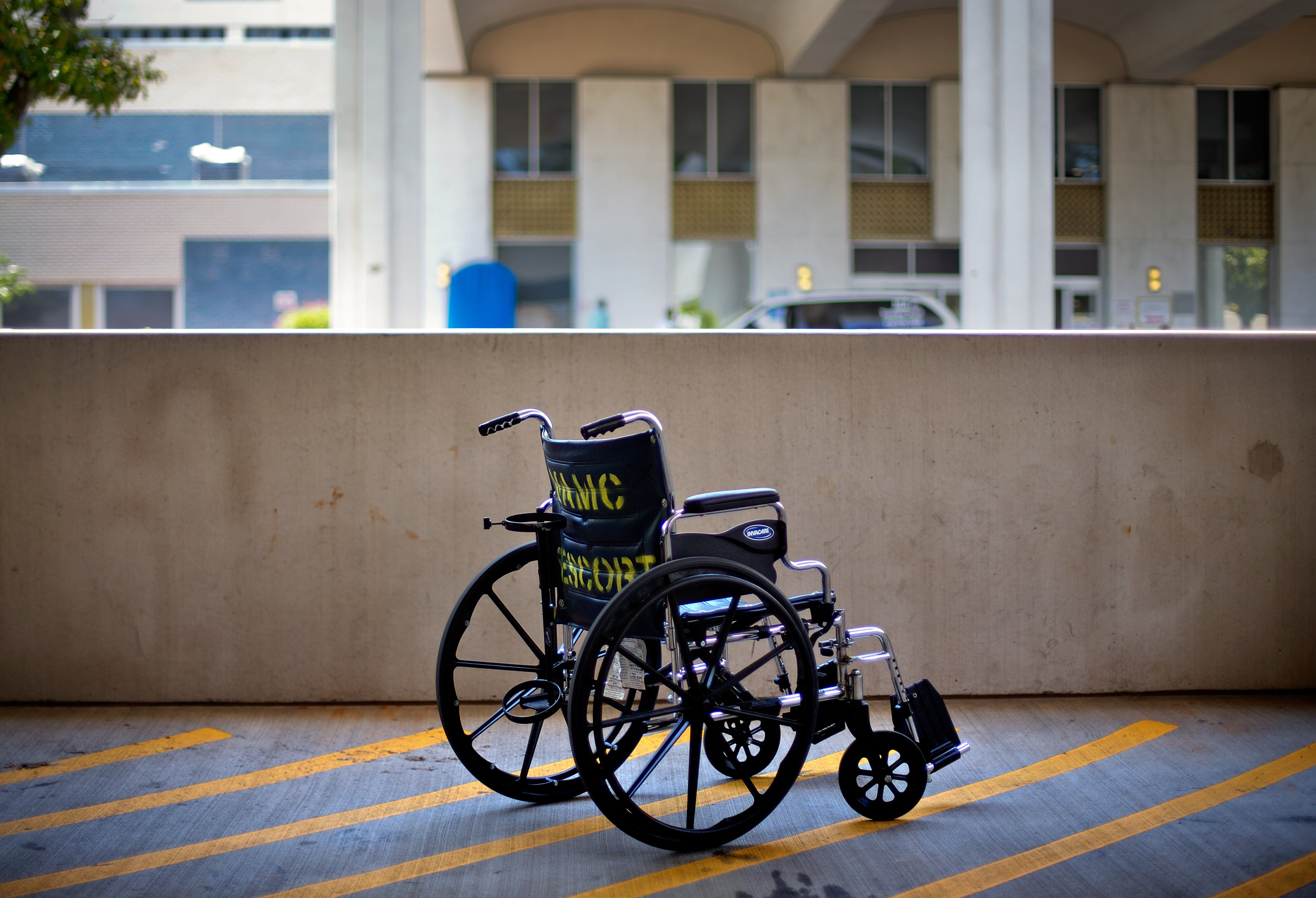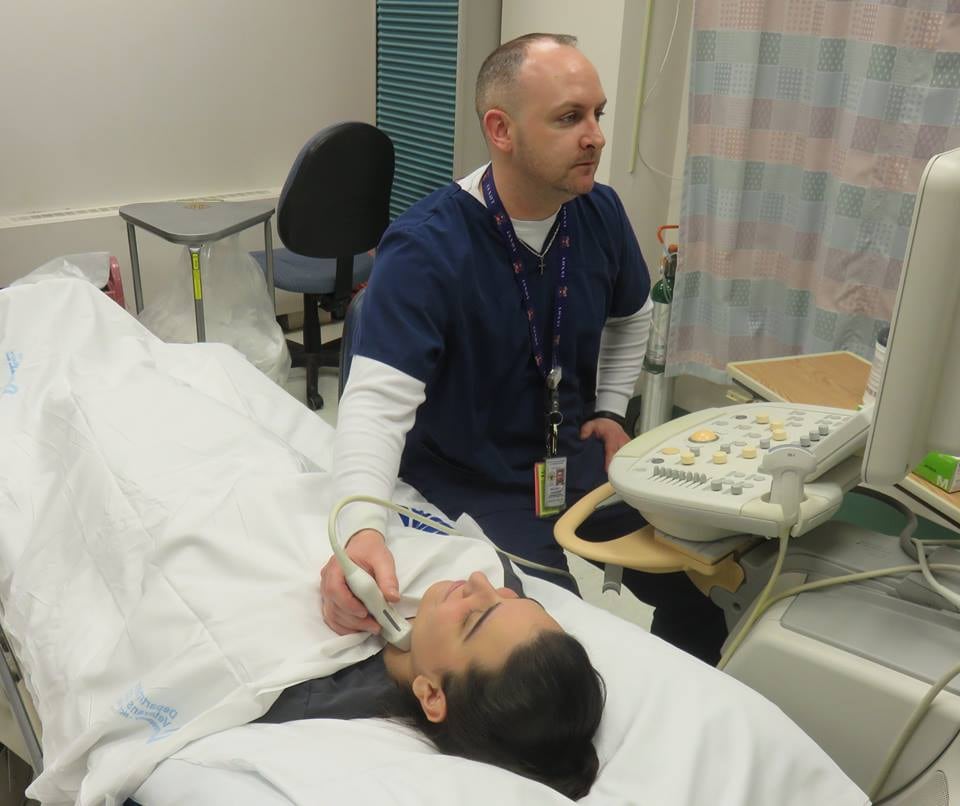SpotterRF's new backpack radar system is based around its three-pound M80 and four-pound M600C synthetic aperture radar modules. "Situational awareness at night collapses around you and NVGs limit a sentry's field of view," says SpotterRF CEO Logan Harris. "That's why coupling ground based radar with imaging into a backpack unit is such a potent force multiplier."
The micro radar system uses a pair of radar pods that provide a 180-degree field of coverage out to 1,000 meters. In addition to the two hard bound-book-sized radar units, the system includes a similarly sized networking module, a tablet computer used to view the radar system's web-based output, and cables, tripod, battery and a backpack.
The basis for the SpotterRF system came from the Scan Eagle UAV program. Harris says he split the SpotterRF off as a business unit of his IMSAR enterprise that developed a two-pound SAR for the Scan Eagle. He recognized the technology's value on the ground filling the void between unmanned ground sensors and large ground surveillance radar systems.
"What we do is fit between UGS and large ground surveillance radars," Harris said. "Ground-based radar has a huge 10-kilometer range -- they have a large footprint, are expensive and have large personnel demands associated with their use and maintenance. In contrast, SpotterRF's backpack system covers a 150-acre track, 1,000 meters by 800 meters wide.
[brightcove video="1656736406001" /]
Synthetic aperture radar produces images, but it does not provide a tracking ability. SpotterRF is a SAR with an onboard CPU that combines imaging, tracking and discrimination. The system is designed primarily for small tactical teams in sentry, surveillance, and unattended surveillance roles and can be transported easily.
The three-pound M80 unit provides detection of a walking person out to 500 meters (150m crawling). The M600C weighs four pounds and provides detection out to 1,000 meters (250m crawling). The units are powered by a 2590 battery for 22 hours. Both units can be powered from any DC power source from 12v to 30v. Power and networking connections are via a ruggedized, waterproof Ethernet connector. The single connection uses a power over Ethernet injector to simplify connections. The radar panels are networked using a network hub that can join four panels into an array using only Ethernet cables for communication and power.
Output and control of the units is performed via a simple standards compliant web interface, making the unit accessible from any device with a web browser. The web UI display identifies and tracks in real time because the panels themselves provide all the horsepower to process the tracking algorithm and output the data as a graphic UI.
The system is based on motion tracking radar, so discrimination of moving, but unimportant objects must be filtered out. The units identify and filter out wind-blown trees and small animals with a few adjustments by the unit operator. Large animals are the biggest challenge; discriminating between a large animal and a human requires advanced artificial or human intelligence.





